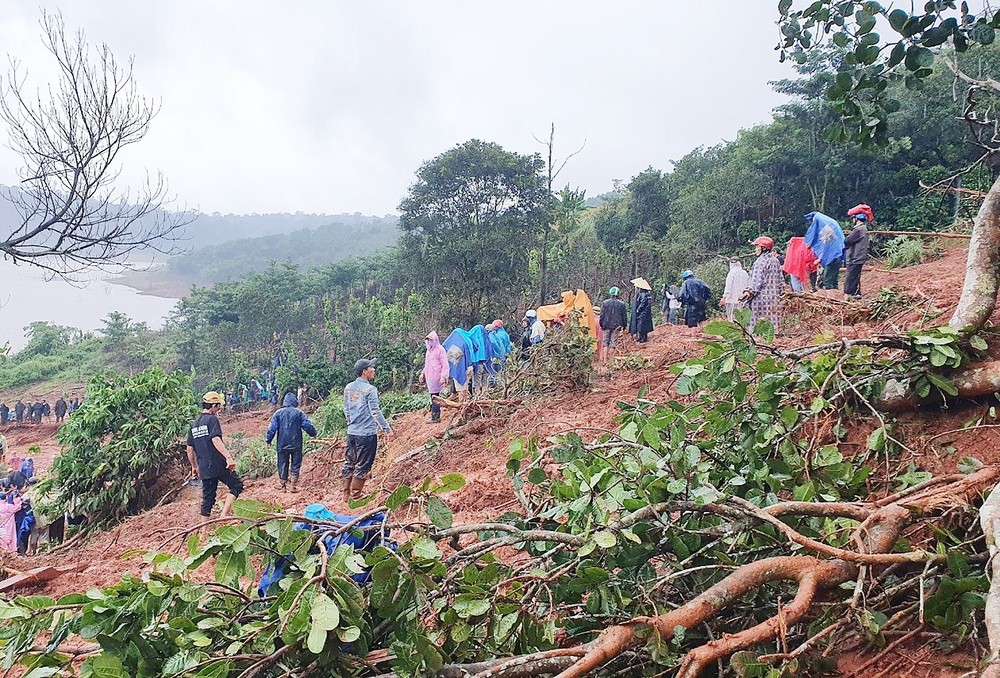
Notably, a two-hour torrential rain seriously flooded in many roads of Ho Chi Minh City on June 13.
Thousands of motorbikes suffered engine failure due to the flooding, even downpour and blustery wind uprooted several century- old trees in Ho Chi Minh City, causing one death and injured people.
In the recent months, the Northern region has braced for sudden heatwaves, thunderstorms and hails. Meanwhile, saltwater intrusion and landslide in the Mekong Delta are getting more and more serious, affecting local socio-economic development.
According to the United Nations, Vietnam is one of seriously affected countries by natural disasters and global climate change, especially tropical storm and flash flooding.
In recent years, natural disasters become more frequent and intense, causing people- to- property damages.
Vietnam is estimated to lose around 1.5 percent of Gross Domestic Product (GDP) a year due to natural disasters, and the number is forecast to jump up gradually in the future.
Amid the impacts, the Government has issued many plans as well as solutions to ensure strategy for natural disaster prevention and control such as infrastructure and equipment modernization; raising capacity in coping with natural disasters; bettering natural disasters and weather forecasting; boosting further science technology applications and international cooperation in observation and management against natural disasters, etc.
In order to reduce people and property damages from natural disaster, it is necessary to have strategical and synchronous solutions, climate change and sea level rising monitoring systems, etc.
























